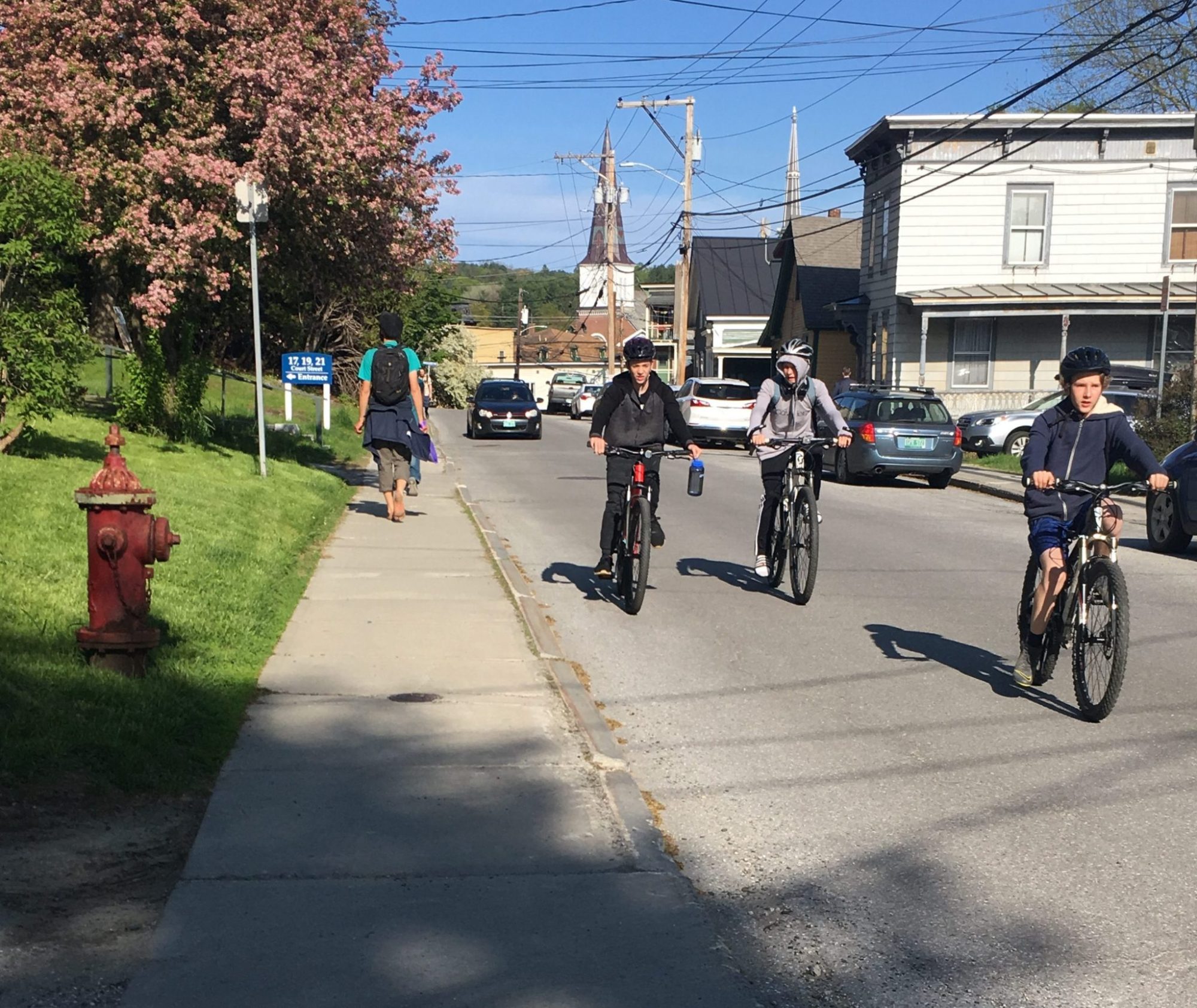Click here to read our 2020 Policy Agenda. Our main agenda items are:
Promote clean vehicles
The VW settlement funds should be used to support primarily electrification projects through the lifetime of the settlement. Any consideration of fund expenditures must consider the cobenefits of electrification to human health and carbon pollution.
Expand, integrate, and invest in a variety of transit, active transportation, and shared mobility options for Vermonters
As a rural state, our transportation system is likely to be more successful if we think creatively about what Vermonters need, now and in the future. To support transportation innovation, we urge legislators to think ahead about creating a comprehensive transportation system: one that includes our state’s many transit providers, and also integrates shared mobility solutions (including car and bikesharing), ride sharing, walking and biking, ride service companies like Lyft and Uber, and technology that matches people with rides. In addition, smart growth land use and housing are foundational for transportation choice.
Modernize Act 250 to better integrate biking, walking, and transit
T4VT supports the creation or maintenance of criteria and other policies within Act 250 that promote smart growth over sprawl. The site by site approach to reviewing development that is used by Act 250 makes it challenging for land use decisions to promote smart growth locations, which support a sustainable and accessible transportation system. Criterion 5 should be modernized to further support multimodal transportation and development within compact settlement areas.
Proactively adopt policies to ensure that autonomous vehicles in Vermont promote equity and accessibility, reduce GHG emissions, and do not worsen sprawl
Though autonomous vehicles may seem (and may be) inevitable from a technology perspective, T4VT firmly believes that the policies we put into place to ensure their success—from environmental, safety, cost, and equity perspectives—are not inevitable; they are a choice. As a state we should make choices that reduce environmental and land use impacts, reduce vehicle miles traveled, reduce surface area required for parking, and increase affordable access to transportation for Vermonters in all parts of the state. AVs must be primarily electric vehicles, and a connected, autonomous network is the best model to maximize the positive impacts.





